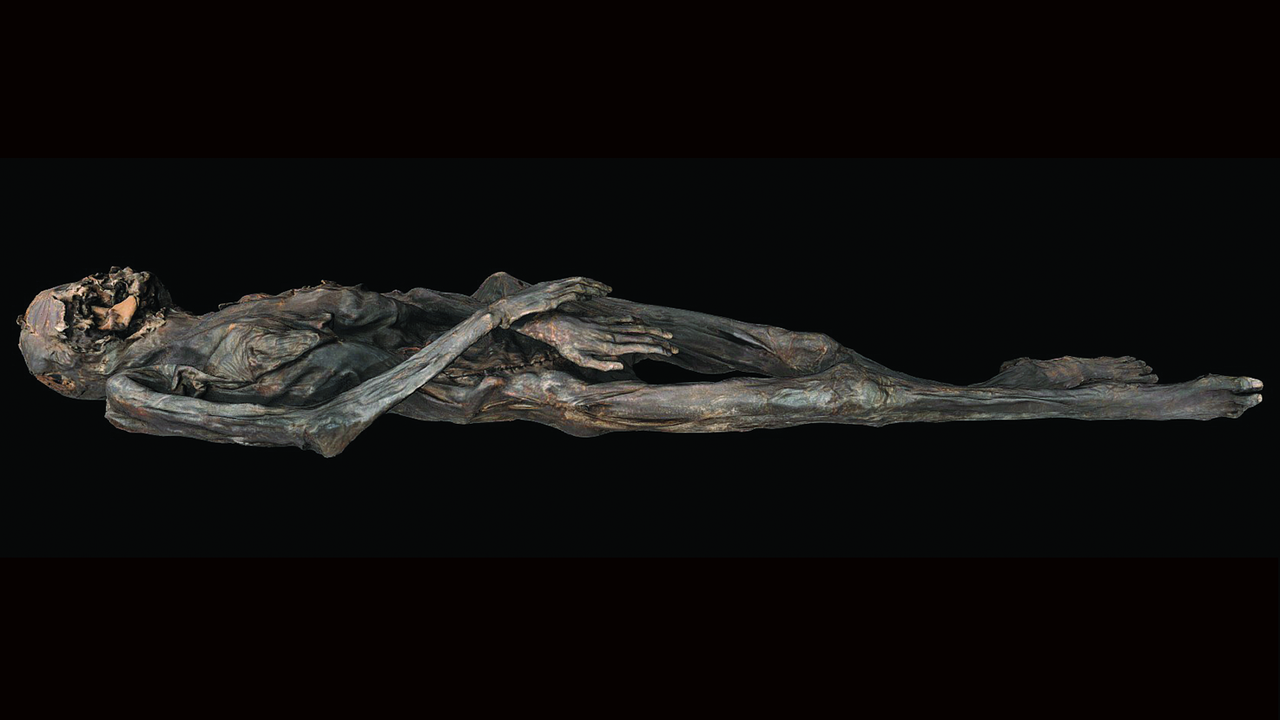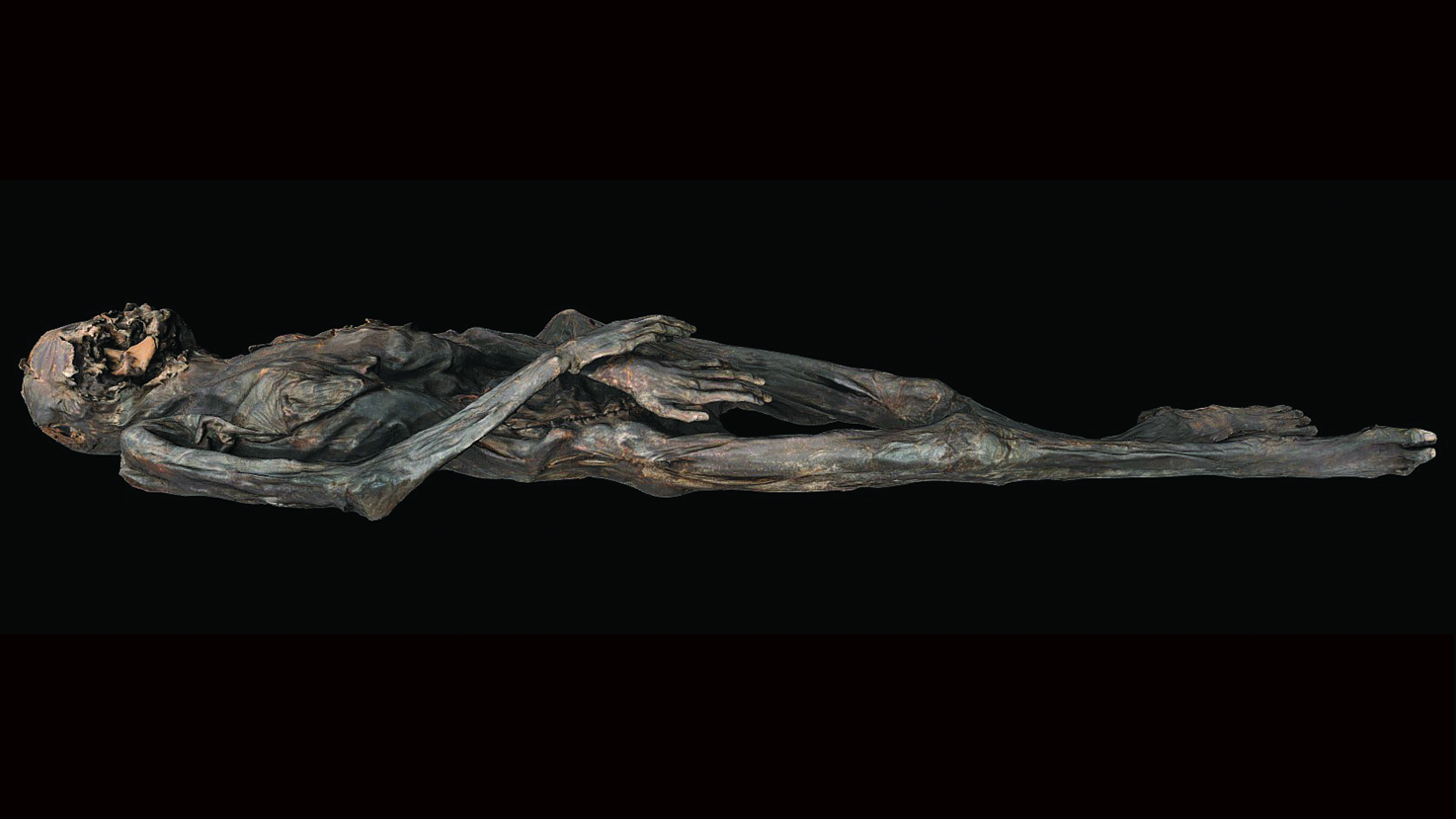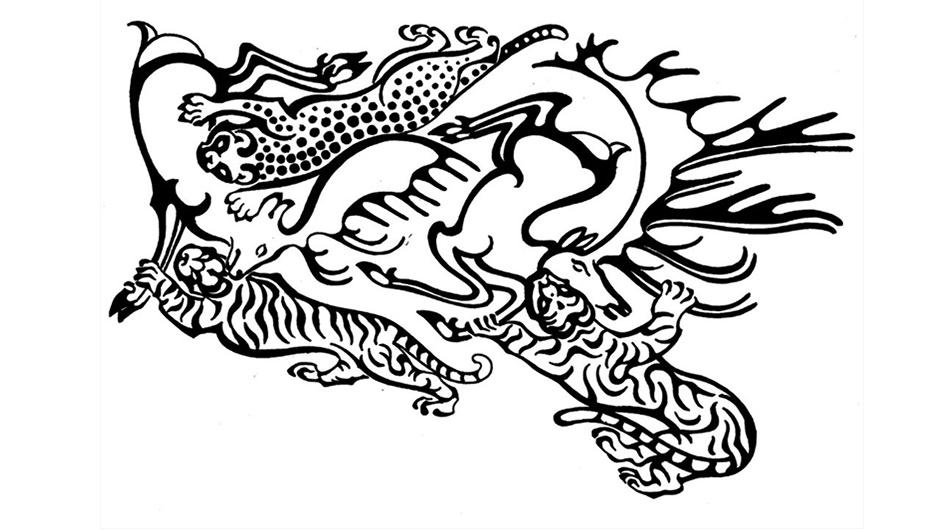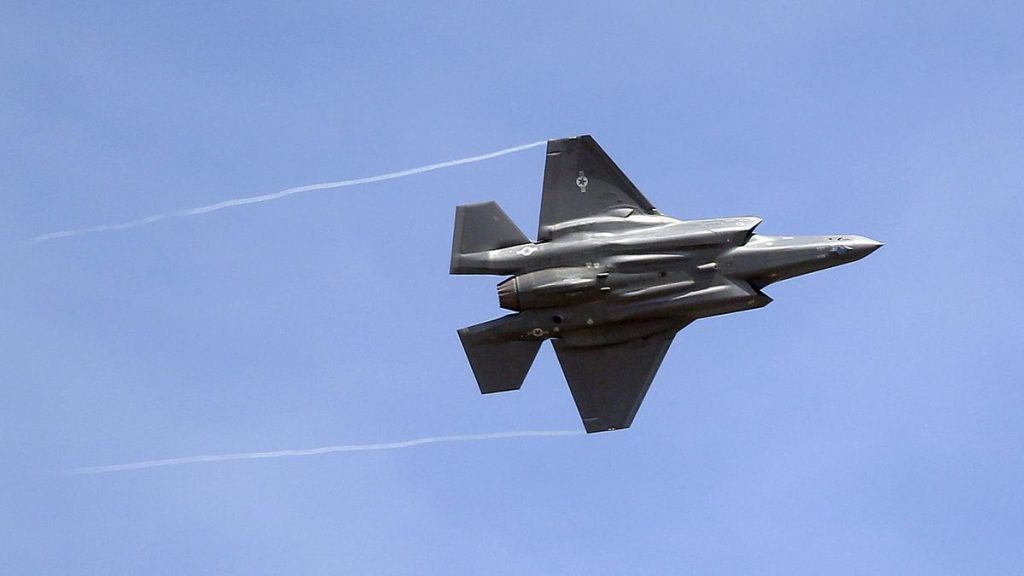Now Reading: 2,300-Year-Old Tattoos on Siberian Mummy Uncover Ancient Techniques
-
01
2,300-Year-Old Tattoos on Siberian Mummy Uncover Ancient Techniques
2,300-Year-Old Tattoos on Siberian Mummy Uncover Ancient Techniques

### Rapid Summary
– Researchers analyzed the tattoos on a 2,300-year-old mummified woman from the Pazyryk tombs in Siberia.
– New near-infrared digital photography revealed intricate tattoo designs depicting mythical animals and fight scenes.
– Tattoos were created using innovative tools like a multipoint and single-point implement,possibly crafted from biodegradable materials such as plant thorns or spines.
– The right forearm tattoo showed greater detail, suggesting it was made by a more experienced artist possibly over multiple sessions.
– Tattoos may reflect cultural belief systems but were cut through during embalming. This could indicate either diminished spiritual significance in the afterlife or ritual importance linked to cutting them.


### Indian Opinion Analysis
The revelation expands global understanding of Iron Age societies and their advanced tattooing practices as creative expressions tied to cultural philosophies. India’s diverse history also includes evidence of ancient body art traditions seen among tribal communities, underscoring shared heritage that links human creativity across eras and continents.
For India, this research exemplifies how scientific techniques like infrared imaging can shed light on historical narratives-potentially inspiring renewed investigations into similar artifacts within Indian archaeology. India’s efforts toward digital preservation and analysis could benefit significantly from advancements showcased here.
[Read More](https://www.livescience.com/archaeology/2-300-year-old-arm-tats-on-mummified-woman-reveal-new-insights-about-tattooing-technique-in-ancient-siberia)























